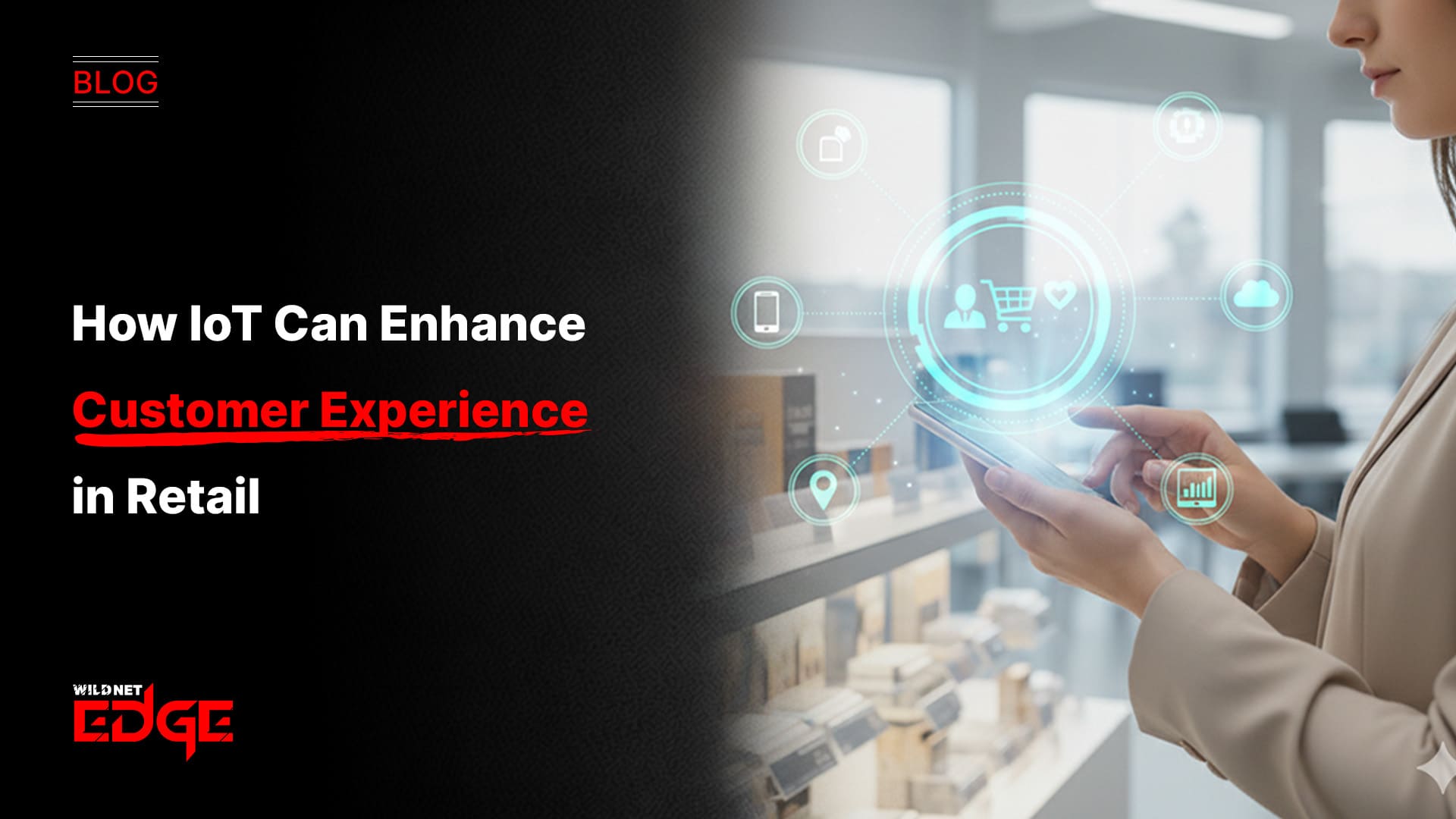Ever wonder why some retailers always seem to have the right product at the right time — and the perfect offer tailored just for you? If you’re struggling with overstock, missed sales, or losing customers to competitors, predictive analytics retail is your game-changer. In this post, we’ll break down how predictive analytics can transform personalized offers and inventory management, helping you forecast demand and reduce customer churn effortlessly.
The Role of Demand Forecasting in Retail
Demand forecasting is the backbone of efficient retail operations. It enables retailers to anticipate customer needs and optimize inventory levels, ensuring products are available when customers want them without tying up capital in excess stock.
Demand forecasting refers to the process of predicting future product demand based on historical sales data, market trends, seasonality, and consumer behavior patterns. Its importance cannot be overstated, as poor demand forecasting can lead to either stockouts—lost sales opportunities—or overstock, which increases storage costs and product obsolescence.
Traditional demand forecasting often relied on manual methods such as trend analysis and basic statistical models, but these approaches can miss nuanced data signals. Predictive analytics retail, powered by advanced machine learning algorithms and big data, enhances forecasting accuracy by processing diverse datasets—from POS transactions to social media trends—in real time.
For example, a large apparel retailer can leverage predictive analytics to adjust inventory ahead of seasonal spikes or trending styles, minimizing markdowns and maximizing sales. Similarly, grocery stores use demand forecasting models to balance perishable goods supply precisely, reducing waste.
Common tools and technologies in demand forecasting include:
- AI-driven forecasting platforms like SAP Integrated Business Planning and Blue Yonder Luminate
- Cloud-based analytics solutions such as Microsoft Azure Synapse Analytics
- IoT-enabled sensors for real-time inventory and sales data integration
- Advanced visualization tools for scenario planning and demand simulation
Actionable Tip: Retailers should combine predictive analytics with market intelligence inputs such as competitor pricing and local events to further sharpen demand forecasts.
Reducing Customer Churn through Predictive Analytics
Customer churn—when shoppers stop buying from your store—is one of retail’s biggest hidden drains on revenue. Understanding and mitigating churn is critical for sustained growth.
In retail, customer churn signifies the loss of repeat customers who shift their loyalty elsewhere, often unnoticed until revenue drops. High churn rates can signal poor customer engagement, lack of personalized experiences, or product misalignment.
By applying predictive analytics retail to historical customer data—including purchase frequency, transaction value, and interaction history—retailers can build churn prediction models. These models score customers based on their likelihood to churn, enabling proactive retention efforts.
The value lies not just in identifying who might leave, but in how to re-engage them. Predictive analytics empowers retailers to craft personalized marketing strategies:
- Sending exclusive offers to high-risk customers based on their preferences and past buying behavior
- Offering loyalty program incentives tailored to shopping patterns
- Timing communications (emails, SMS) during periods known to precede churn episodes
Case studies highlight this success:
- A leading online retailer using churn prediction reduced its churn rate by 20% within six months by targeting at-risk segments with tailored incentives.
- A boutique chain increased customer lifetime value by 15% after integrating churn analytics with its CRM to personalize outreach.
Actionable Tip: Regularly update your churn prediction models with fresh data to capture evolving customer behavior and improve retention efficacy.
Crafting Personalized Offers with Predictive Insights
Personalization is no longer a luxury but a retail necessity. With predictive analytics retail, brands move beyond generic sales and discounts to deliver exactly what customers want — when they want it.
At the core of this process is gathering and analyzing comprehensive customer behavior data: purchase history, browsing patterns, product reviews, and even sentiment analysis from social media. These data points feed predictive models that forecast an individual’s purchase preferences and the ideal timing for engagement.
For example, a sports retailer might predict a customer’s interest in running gear right before marathon season and serve personalized offers or product recommendations accordingly.
By delivering targeted, relevant offers, retailers not only maximize engagement but significantly enhance conversion rates. Research shows personalized promotions can increase conversion by up to 30%, compared to generic campaigns.
Examples of personalization tactics enabled by predictive analytics include:
- Dynamic email content that adapts offers based on recent browsing or cart activity
- Personalized push notifications timed to coincide with predicted purchase windows
- Loyalty rewards customized on predicted product affinities
Personalized offers also boost cross-selling and upselling opportunities by anticipating complementary product needs.
Actionable Tip: Integrate predictive insights with your marketing automation tools to deploy and track personalized offers at scale effectively.
Advanced Trends and Tactics in Predictive Analytics Retail
The landscape of predictive analytics retail is rapidly evolving, driven by advancements in AI, machine learning, and emerging technologies.
Key trends shaping retail predictive analytics in 2025 include:
- AI and Machine Learning Enhancements: Next-gen AI models apply deep learning to uncover complex data relationships, improving the accuracy of demand forecast and churn prediction. Retailers now use reinforcement learning to optimize pricing and inventory dynamically.
- Real-Time Predictive Analytics: Utilizing real-time sales and social data feeds allows retailers to implement dynamic pricing strategies that respond instantly to supply and demand changes. This agility enhances inventory turnover and profitability.
- Integration with IoT and Customer Experience Platforms: IoT-enabled sensors track product movement on shelves and in warehouses, feeding precise inventory data into predictive models. Combined with customer experience platforms, retailers can adjust marketing and stocking in near real-time.
- Future Outlook: The focus is shifting towards hyper-personalization—leveraging AI to tailor every single customer interaction across channels—and creating seamless omnichannel experiences where predictive insights inform in-store, online, and mobile interactions simultaneously.
For example, a retailer leveraging AI-powered digital twins can simulate inventory distribution scenarios before executing supply chain decisions, minimizing risk and improving fulfillment.
Actionable Tip: Retailers should invest in modular predictive analytics platforms with open APIs to ensure smooth integration with IoT devices and evolving customer experience systems for future-proofing.
Conclusion
Predictive analytics retail isn’t just a buzzword — it’s the key to smarter inventory management, precise demand forecasting, and keeping customers loyal with personalized offers. Retailers who harness these insights gain a competitive edge that lasts amidst an increasingly crowded marketplace.
WildnetEdge stands as a trusted solution provider, empowering businesses to unlock the full potential of predictive analytics. By enabling more accurate demand forecasts, churn reduction strategies, and hyper-personalized marketing, WildnetEdge helps retailers drive sustainable growth. Ready to transform your retail strategy? Partner with WildnetEdge to start delivering results.
FAQs
Q1: How does predictive analytics improve demand forecasting in retail?
Predictive analytics uses historical sales data and market trends to accurately forecast future product demand, reducing overstock and stockouts.
Q2: What strategies can retailers use to reduce customer churn through predictive analytics?
By identifying at-risk customers through data patterns, retailers can deploy personalized offers and targeted communications to encourage retention.
Q3: How can personalized offers increase sales in retail using predictive analytics?
Personalized offers, based on customer behavior and preferences, increase engagement and conversion rates by appealing directly to individual needs.
Q4: What role does AI play in predictive analytics for retail?
AI enhances predictive models by analyzing vast data in real-time, enabling dynamic pricing, better inventory management, and improved customer targeting.
Q5: Can predictive analytics be integrated with existing retail platforms?
Yes, modern predictive analytics tools are designed to integrate seamlessly with CRM, POS, and inventory systems to provide actionable insights.

Nitin Agarwal is a veteran in custom software development. He is fascinated by how software can turn ideas into real-world solutions. With extensive experience designing scalable and efficient systems, he focuses on creating software that delivers tangible results. Nitin enjoys exploring emerging technologies, taking on challenging projects, and mentoring teams to bring ideas to life. He believes that good software is not just about code; it’s about understanding problems and creating value for users. For him, great software combines thoughtful design, clever engineering, and a clear understanding of the problems it’s meant to solve.
 sales@wildnetedge.com
sales@wildnetedge.com +1 (212) 901 8616
+1 (212) 901 8616 +1 (437) 225-7733
+1 (437) 225-7733































